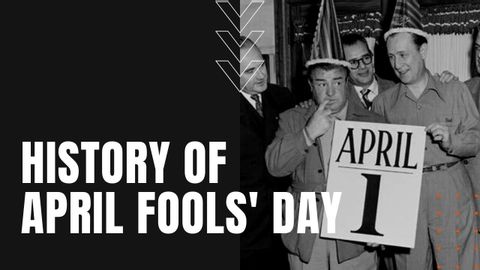愚人節起源大公開!知名的愚人節惡作劇有哪些呢?快來看看吧!(The History of April Fools' Day)
 沒有此條件下的單字
沒有此條件下的單字US /ˈrek.əɡ.naɪz/
・
UK /ˈrek.əɡ.naɪz/
- v.t.認可;接受;賞識;承認;表彰;嘉獎;認出,認識
US /ɪˈlæbəret/
・
UK /ɪ'læbəreɪt/
- v.t./i.闡述;闡述中;詳細闡述;詳細制定
- adj.精心製作的
US / dɪˈbet/
・
UK /dɪ'beɪt/
- n. (c./u.)辯論;爭論;辯論會
- v.t./i.思考;盤算;辯論
- v.t.詭計:騙局:花招;惡作劇;戲弄
- n. (c./u.)戲法;竅門;訣竅;把戲;特技
- adj.虛弱的;欺詐的
